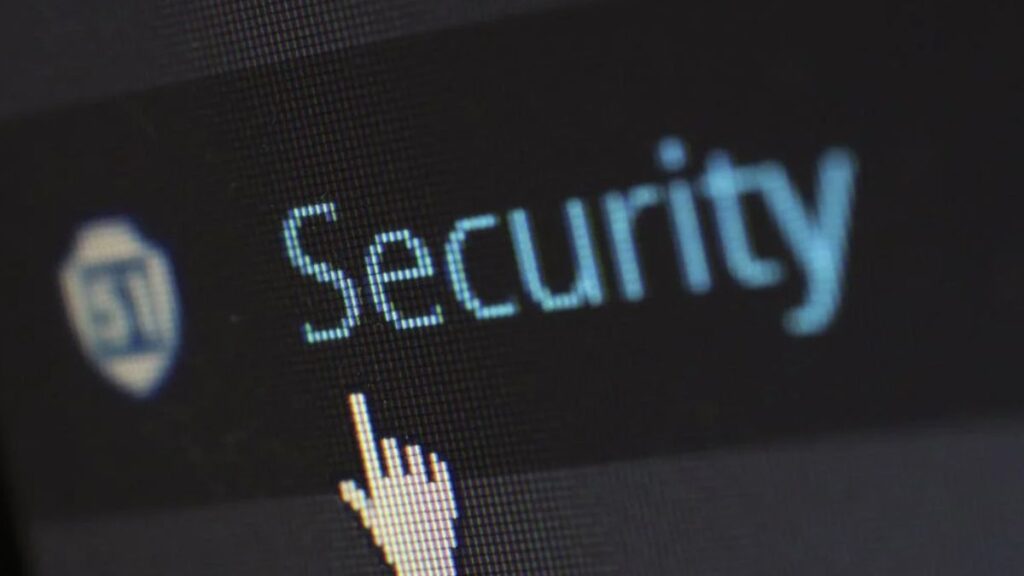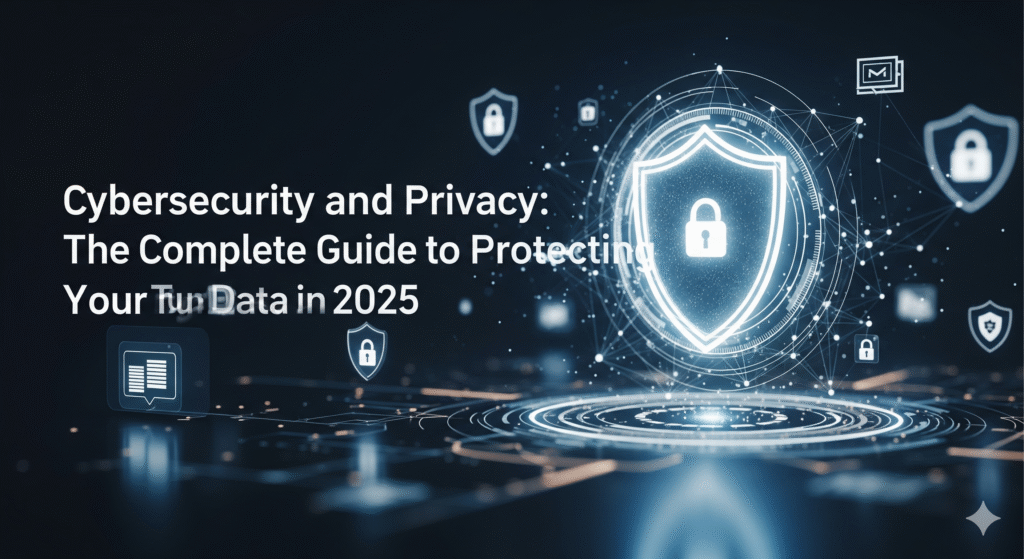The digital landscape of 2025 is a double-edged sword, offering unparalleled convenience alongside sophisticated threats. A robust Cybersecurity posture is no longer optional; it’s fundamental to protecting your digital life. This guide explores the emerging trends that will define the threat landscape and outlines actionable strategies to fortify your privacy.
The 2025 Threat Landscape: AI, Quantum, and the Human Factor
The coming year will see a significant evolution in threats, primarily driven by emerging technologies. First, the weaponization of Artificial Intelligence (AI) will be a game-changer. While AI bolsters our defenses, cybercriminals are using it to create hyper-realistic phishing emails and deepfakes, making social engineering attacks nearly indistinguishable from reality. A second, looming threat is the advancement of quantum computing. Though still emerging, its potential to break the current encryption standards that protect our most sensitive data is prompting a global shift towards “post-quantum cryptography.” Finally, the explosion of connected devices, from smart homes to industrial sensors, massively expands the attack surface. Each poorly secured device is a potential entry point for a breach, making IoT security a critical component of personal and organizational Cybersecurity.
Proactive Defense: Essential Strategies for the Modern User
To counter these advanced threats, a reactive approach is insufficient. A proactive, layered strategy is essential. Your first line of defense is mastering the basics with enhanced rigor. This means universally adopting Multi-Factor Authentication (MFA), using a reputable password manager to create and store unique, complex passwords for every account, and ensuring all your software is consistently updated. Secondly, embrace a “zero-trust” mindset. Operate on the principle of “never trust, always verify,” whether you’re on a public Wi-Fi network or accessing company files remotely. A premium Virtual Private Network (VPN) is crucial for encrypting your internet traffic and protecting your privacy. Furthermore, invest in continuous education. The most advanced Cybersecurity technology can be undone by a single click on a cleverly disguised link. Staying informed about the latest scam tactics is your most powerful shield.
A Personal Glimpse: The Day My Digital Guard Almost Slipped
Just last month, I received a video call from a number I didn’t recognize. I almost didn’t answer, but curiosity got the better of me. The caller’s video feed showed a colleague—or a perfect deepfake of one. The audio was slightly out of sync, and they were urgently asking me to confirm a “verification code” sent to my phone for a “critical system update.” The pressure was palpable, but the slight glitch and the request for a code triggered my training. I immediately ended the call and contacted my colleague through a separate, trusted channel. He was as confused as I was. This was a targeted AI-powered phishing attempt. That day, a foundational principle of Cybersecurity—verify through a second channel—saved my professional accounts from being compromised.
Your Privacy is Your Responsibility
The Cybersecurity challenges of 2025 are formidable, but they are not insurmountable. By understanding the trends shaped by AI and quantum computing, and by adopting a proactive, educated approach to your digital habits, you can build a resilient defense. Your digital privacy is an invaluable asset; protecting it requires vigilance, the right tools, and a commitment to making Cybersecurity a daily practice. Start strengthening your defenses today.



